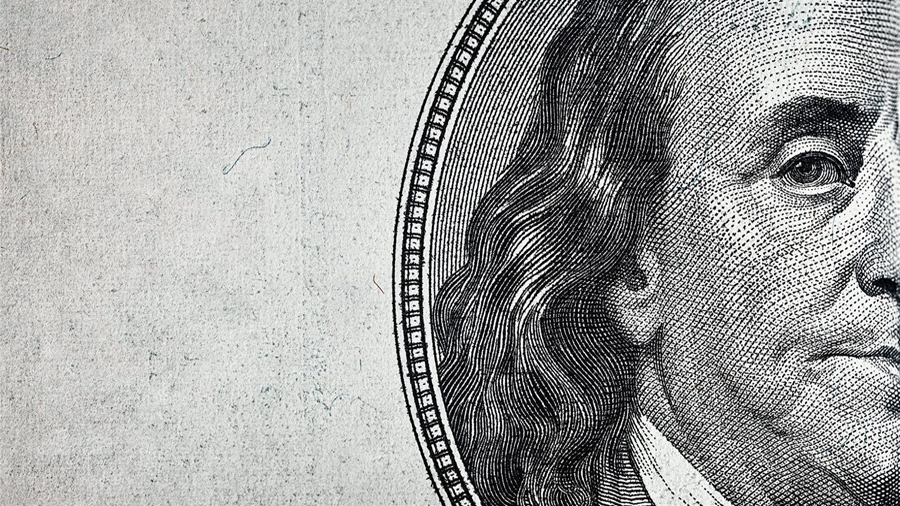Gold price jumps after weak US payrolls

On Friday, the reaction on gold markets was swift in response to a soft US jobs report and a weaker US dollar, with the metal jumping $20 an ounce to a near six-week high.
Gold futures in New York for delivery in August, the most active contract, touched a high of $1,281.80 in heavy volume of more than 24m ounces, up from $1,261.30 before the non-farm payroll numbers data was released. Gold is up 11.3% so far in 2017.
According to the latest figures from the Department of Labor 138,000 jobs were created in May, below economists expectations. The unemployment rate declined to 4.3%, the lowest in 16 years, but taking into consideration a downward adjustment to the March and April numbers, the pace of new jobs being created has slowed dramatically. Average hourly earnings also disappointed, growing at 2.5% compared to a year earlier.
The numbers strengthen the doves on the Federal Reserve’s decision making committee who want to moderate the pace of rate hikes and a June increase in lending rates is now less of a certainty.
Interest rates and government bond yields and the gold price have a strong negative correlation as the metal provided no income stream and investors have to rely on price appreciation for returns.
The US dollar also has close inverse relationship to commodity prices and gold. The index weakened to below 97 against the currencies of the country’s major trading partners after the payroll news and is now down 5.4% in 2017.
Today’s level for the greenback compares to a record low of 71.6 in April of 2008 and a record high of 164.72 in February 1985 when the price of gold bottomed at $284.25 an ounce.

{{ commodity.name }}
{{ post.title }}
{{ post.date }}

Comments